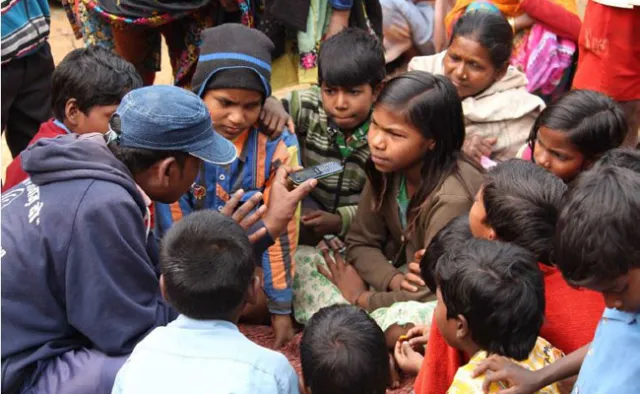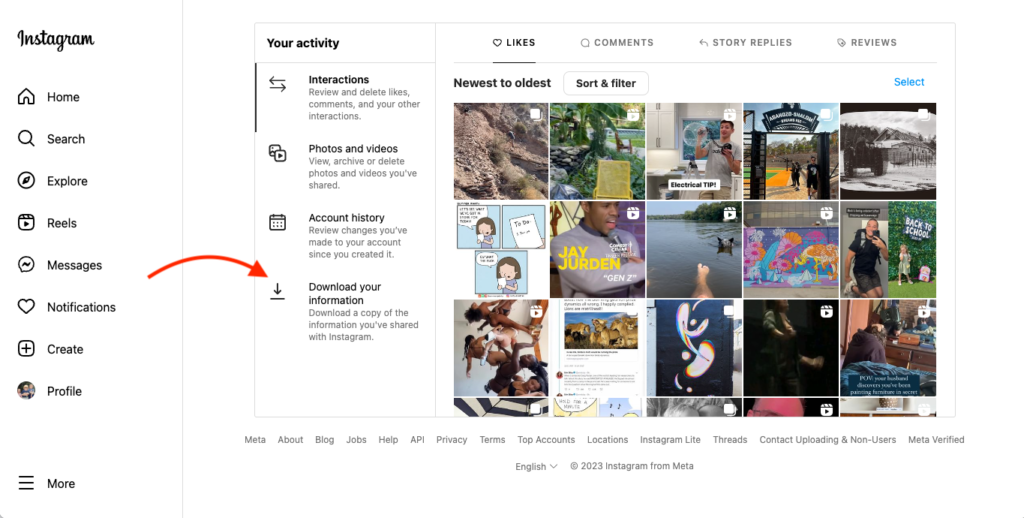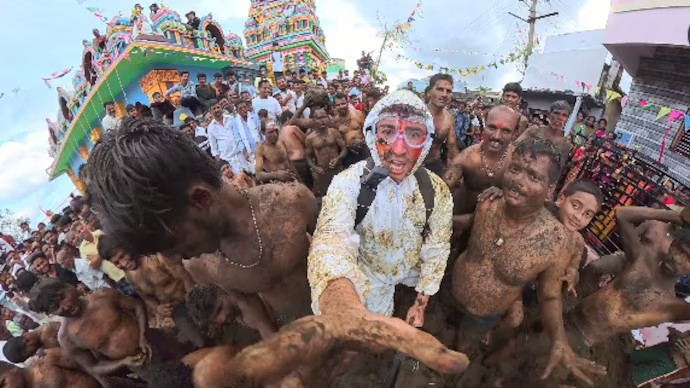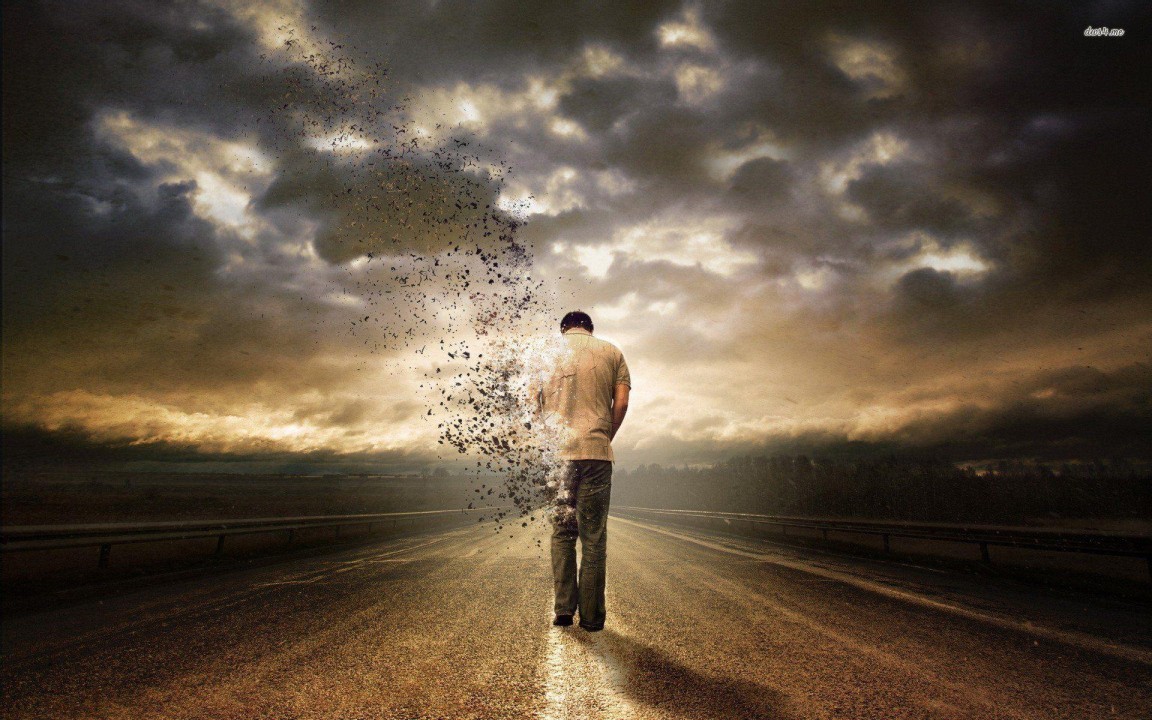Now Reading: Still in the Room: How Caste Quietly Influences Our Everyday Social Behaviour
-
01
Still in the Room: How Caste Quietly Influences Our Everyday Social Behaviour
Still in the Room: How Caste Quietly Influences Our Everyday Social Behaviour

Caste might not be openly discussed at dinner tables or classrooms, but it hasn’t disappeared from Indian society. Instead, it has become subtle—woven into choices, relationships, language, and everyday behaviour. From where people sit in a village gathering to who is invited to a wedding or how someone’s job is perceived, caste still lingers—quiet but powerful.
Caste in Friendships and Marriages
Even in urban and educated circles, caste often influences who people become close to. Parents may not explicitly mention it, but phrases like “same background” or “our kind of people” often refer to caste alignment. Many still prefer arranging marriages within their own caste, citing compatibility, tradition, or family comfort.
Dating apps might seem like a caste-free space, but filters for caste or community continue to exist and are actively used. Even modern love quietly bends to centuries-old categories.
In Job Titles and Work Relationships
In workplaces—especially in small cities or government offices—caste-based surnames still trigger assumptions. Certain jobs are stereotypically associated with specific castes, and that perception lingers in hiring, promotions, and interactions.
The idea that someone from a ‘reserved category’ got in “easily” still floats around, often ignoring the individual’s merit or hard work. It may not be voiced directly, but it exists in murmurs, looks, or backhanded compliments.
Housing, Hospitality and Subtle Exclusion
In Tier 2 towns and rural areas, caste often affects housing decisions. Tenants are asked about their surname, food habits, or native place—coded ways to guess their caste. In village homes, separate cups for certain guests or different seating arrangements still quietly exist.
Even in public events or religious functions, seating and food arrangements can reveal caste dynamics. These are not formal rules anymore, but they’re understood and followed—out of habit or quiet pressure.
Language and Cultural Signals
The way people speak, the phrases they use, or even the kind of respect they offer can carry subtle caste cues. For instance, addressing elders with certain terms, avoiding specific topics, or even switching languages in conversations can reflect unconscious caste conditioning.
This shapes how people relate to each other, who takes the lead in group settings, and whose opinions carry more weight.
Caste in Politics and Daily Debates
Caste still plays a massive role in local and national elections. Voter bases are often segmented by caste lines, and candidates are picked to ‘balance’ caste equations.
While this is openly visible during polls, what’s less visible is how these divisions shape people’s political opinions, alliances, and even friendships.
Conclusion
Caste in India today isn’t always loud or obvious. It has adapted to modern settings—hiding behind choice, culture, and custom. But its influence is very much alive, subtly guiding decisions, shaping relationships, and drawing lines in invisible ink. If we want to truly move past it, the first step is to notice how quietly it still speaks.

























